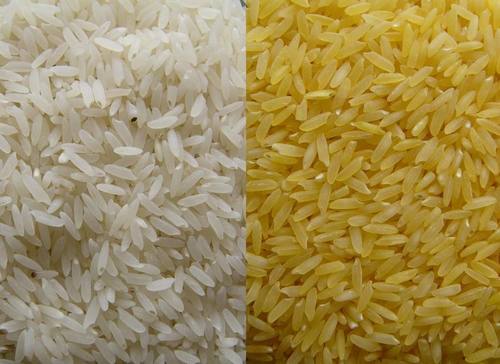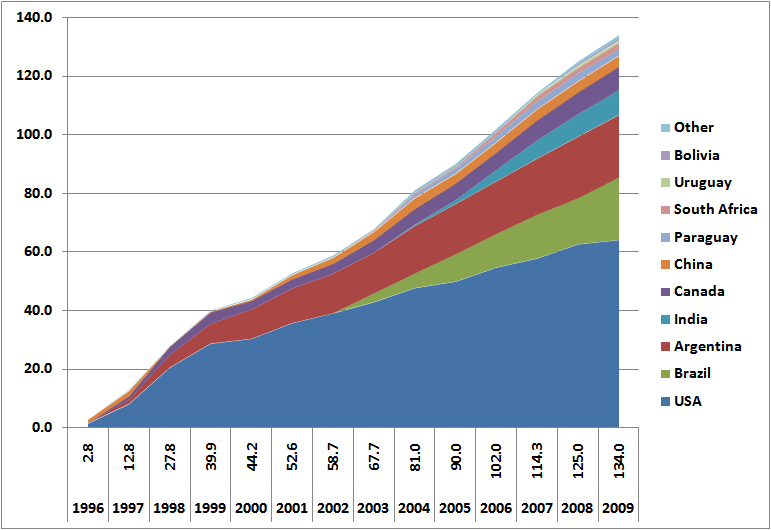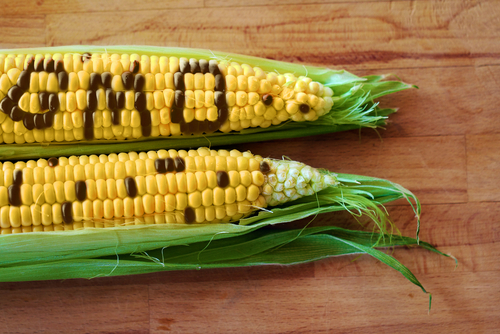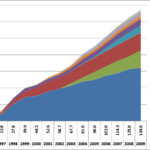International food security is a currently high on the agendas of both developing and developed nations alike. The World Food program states that approximately one in nine, or 795 million people do not have enough food to lead healthy and active lifestyles. Most of these people live in developing nations, and producers might still have much to gain from employing newer technologies within traditional agriculture practices. However, in the longer term, with difficulties pertaining to water security, climate change and shifts in consumer demand as well as increasing populations, many scientists and leaders suggest that traditional farming will not be enough. Plants must be substantially changed so as to improve yields, while reducing inputs – that’s the theory at least.

The result has been that governments around the world have drawn conclusions and adopted policies, which range from complete acceptance of GMO to the complete rejection thereof, and everything in between, as can be seen in the graph below. An example of a law showing this stark contrast is that in the USA, it is a traditional farmer’s duty to make sure his crops are not affected by his GMO neighbour. Monsanto, a large agribusiness and designer of GMO crops, has been known to sue farmers for inadvertently using their intellectual property as a result of accidental cross-pollination. A similar law in Germany, however, stipulates that it is the GMO farmers, who must ensure above all else, that their plants do not contaminate others. Moreover, as with most radical innovations, which entail controversies, the public has been the greatest opponent to GMOs, while the concept has gained support among scientists. Both sides of the argument must understand and balance the risks and benefits associated with the technology and act accordingly in moving forward. Moreover, , accountabilities for the use, or misuse, of GMOs, must also be designated responsibly.

Sources:
http://theconversation.com/can-gene-editing-provide-a-solution-to-global-hunger-43444
https://skeptoid.com/blog/2014/06/19/gmo-labeling-consumer-protection-or-fear-mongering/
http://www.goldenrice.org/
Images:
www.wikipedia.org
www.geneticliteracyproject.org/



